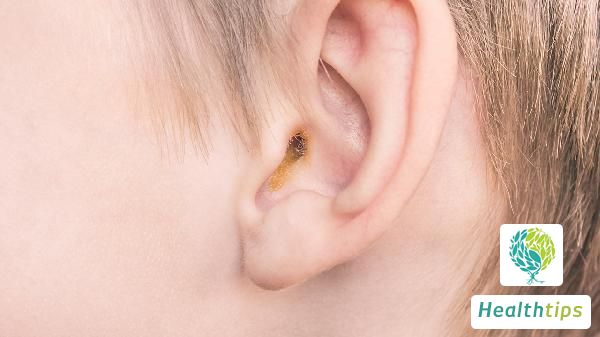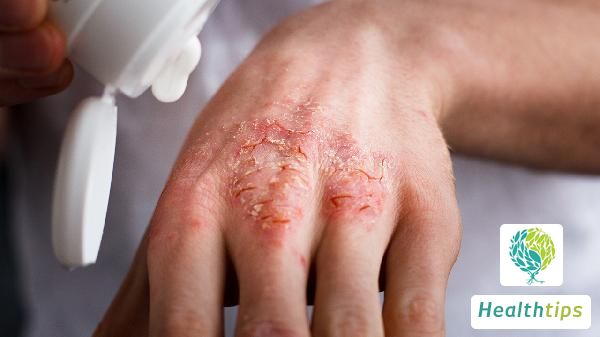What are not the sources of dengue transmission?
Transmission Sources of Dengue Fever
The sources of dengue fever transmission encompass patients, carriers, and asymptomatic infected individuals, with patients being the most significant. Mosquitoes also play a pivotal role as vectors in its spread.

1. Patients
Dengue fever is an acute infectious disease caused by dengue viruses, primarily transmitted through mosquito bites. Patients serve as the primary source of dengue fever transmission, as their blood harbors abundant dengue viruses that can be disseminated to others via mosquito bites.
2. Carriers
Carriers refer to individuals infected with dengue viruses but exhibiting no clinical symptoms. Despite the absence of overt symptoms, these carriers still harbor substantial viral loads within their bodies, rendering them contagious.
3. Asymptomatic Infected Individuals
Asymptomatic infected individuals are those who do not develop any symptoms after contracting dengue viruses. Although they possess significant viral loads within their bodies, their immune systems function normally, preventing overt symptoms from manifesting. Nevertheless, they remain potential sources of transmission.
4. Mosquitoes
Mosquitoes are one of the primary vectors of dengue fever transmission. When a mosquito bites a patient or an asymptomatic infected individual carrying dengue viruses, it introduces the virus into its body, where it multiplies. Subsequently, during its next bite, the virus is transmitted into a human host, causing infection.
In summary, the transmission sources of dengue fever encompass patients, carriers, asymptomatic infected individuals, and mosquitoes. To prevent and control dengue fever, comprehensive measures are necessary to reduce mosquito populations and transmission routes, while enhancing personal protective measures to avoid mosquito bites.



















